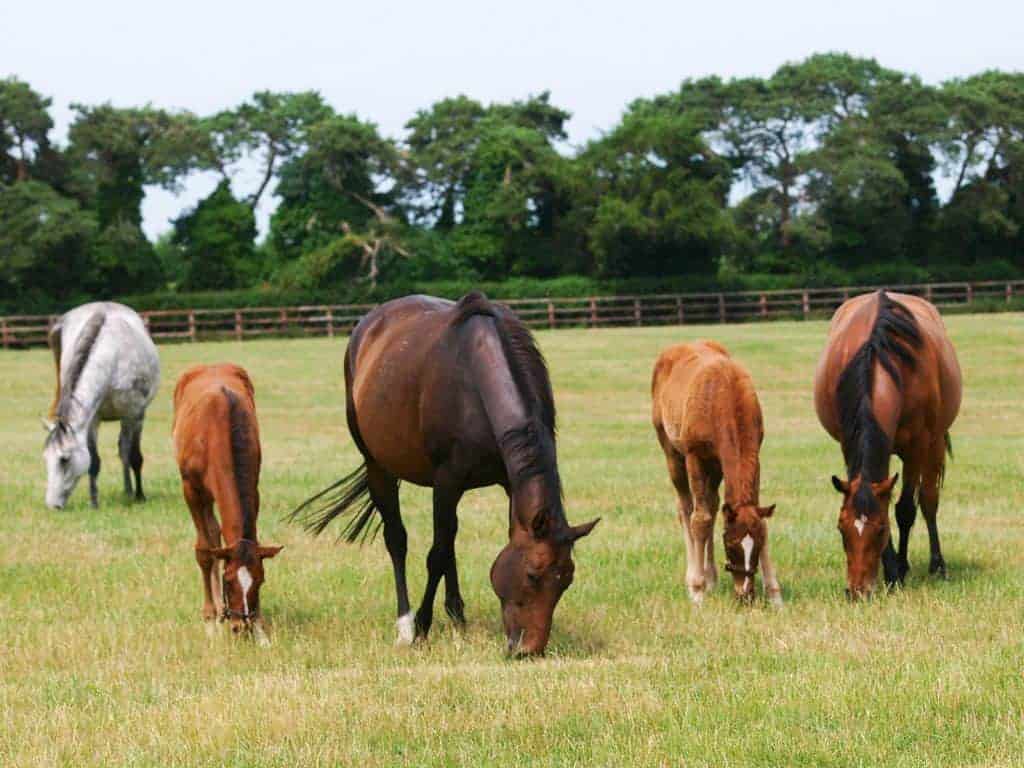
Could Overweight Equids Benefit From Teff Hay?
Horses voluntarily reduced their hay intake (and, thus, calorie consumption) when offered teff compared to ryegrass.

Horses voluntarily reduced their hay intake (and, thus, calorie consumption) when offered teff compared to ryegrass.

Horses’ oxygen consumption and cardiac output decreased by an average of 24% and 9%, respectively, when going downhill.

Restoring a neglected horse’s health can be rewarding, but also complicated, time-consuming, and sometimes unsuccessful.

Researchers say this seems to confirm lore that some horse breeds are more susceptible to EMS than others.

Although horses spent more time walking when muzzled, they also more than doubled the time they spent standing.

Dr. Martin Nielsen gives a basic overview of health issues that could indicate your horse has “worms.”

The system measures fat deposits near the stomach and small intestine, around the heart, neck crest, and rump.

Laminitis risk is the No. 1 reason we worry about equine metabolic conditions such as EMS and PPID when feeding horses.

Of the 579 respondents, 443 (77%) said they use drylots to help manage their horses’ weight.

An equine nutritionist offers tips for reducing your horse’s pasture intake with a grazing muzzle.

Researchers found that obesity appears to negatively impact mares’ follicles and oocytes and, thus, their fertility.

Weight gain is a common sign of EMS. But what other indicators should horse owners watch for?

Sarah Elzinga, MS, is studying inflammation and insulin dysregulation in the horse.

Overweight mares often produce heavier foals, which studies have shown are at-risk for musculoskeletal disorders.

Of the 576 respondents, 277 (48%) said their horses are easy keepers and gain weight easily.

Equine metabolic syndrome can cause obesity, insulin resistance, and laminitis. Find out how to care for your EMS horse during our live event.
Stay on top of the most recent Horse Health news with
"*" indicates required fields